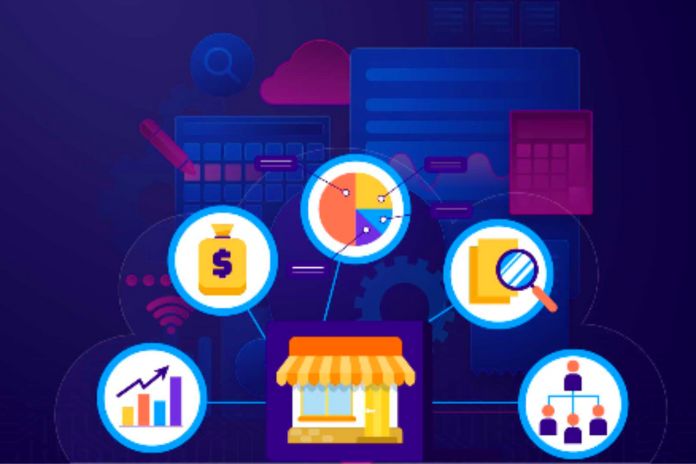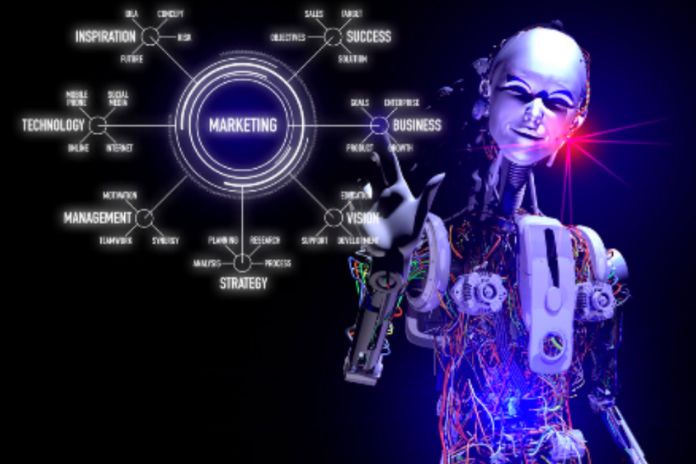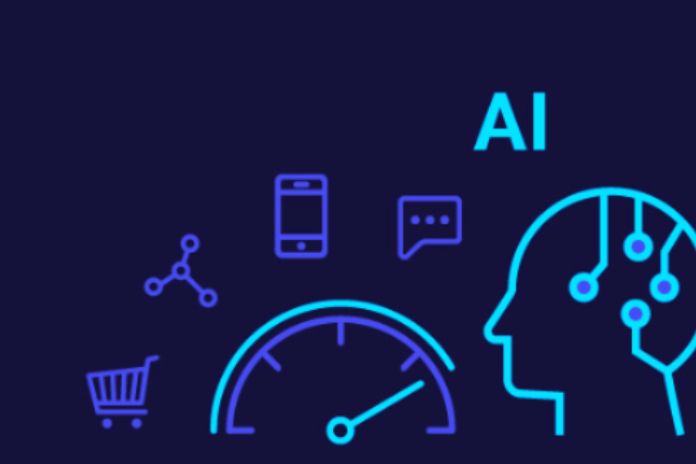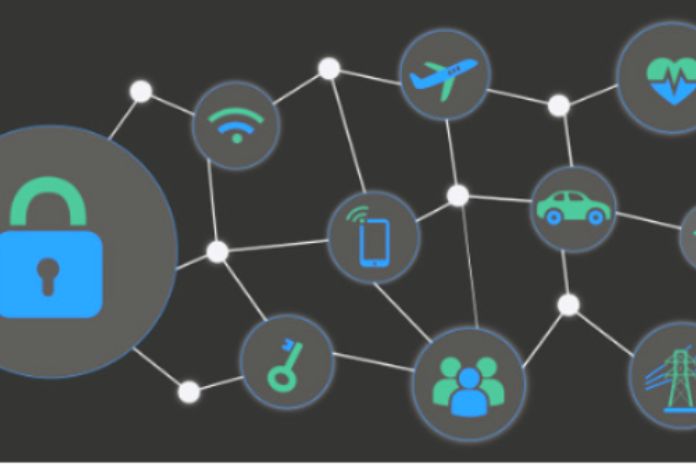Sensory Marketing: With the increasing demand of consumers in all areas, offering good quality products, attractive prices, and a wide variety of items has become an obligation for those who wish to remain competitive in the market.
However, how do you stand out among so many competitors and leverage sales? For this, many companies have adopted sensory marketing. In this post, we will explain the concept, how it works, its importance and how it can be applied in retail.
What Is Sensory Marketing, And How Does It Work?
Sensory marketing works with the public’s senses and aims to increase sales. In practice, this ranges from using packaging with a creative design (attracting customers’ eyes) to exploring emotions and memories through smell.
Regardless of the company’s line of business, sensory marketing aims to attract consumers – mainly from the retail trade – in a less traditional way, using strategies with the priority of attracting customers’ attention through the five senses. Understand the following topics, the role of each and how to exploit them.
Tact
There are many situations where customers like to touch the products to feel the material, test the functionality, and evaluate the quality, among other things. Good examples of this are selling electronics (such as cell phones) and clothing.
Therefore, it is interesting to adopt a strategy where consumers can get in touch with the items even before they are tasted and purchased. Leaving varieties on display is an excellent resource for the public to know the products better.
Another way to use touch is to invest in some market trends, such as interactive screens or touch screen tables. Using this type of resource makes it possible to create a test capable of indicating the most suitable product for the customer (according to the answers offered).
Vision
Considered one of the senses most used by marketing, vision is explored through advertisements, product design, creativity in logos and any other visual way to draw the public’s attention.
Within sensory marketing, this sense relates to how products are displayed at points of sale. For example, disorganized shelves or those with missing products in a supermarket can harm the consumer’s visual experience.
Another point that must be considered is creativity when arranging the products. Putting them differently can sharpen customers’ curiosity and hold their attention for a longer time, increasing the chances of a sale.
Smell
One of the most traditional ways to take advantage of olfactory marketing is by using flavorings at points of sale. Look for scents that match your store’s segment and bring customers olfactory memories. Have you ever noticed how some shoes have their characteristic smell? Or how the smell of freshly brewed coffee can awaken a desire in the consumer?
In addition to making the environment more pleasant, the strategy arouses positive emotions in the establishment’s customers, who are more likely to finalize the purchase of a product.
Hearing
Another way to reach consumers’ senses in PVD is through auditory marketing. Combining soundtracks with the context of the brand can influence the customer’s purchase moment, as the sound directly impacts the public’s mood.
But care must be taken when adopting this strategy. The consequence can be positive or negative, depending on the sound effects used. Therefore, it is important to use music and sounds that are as compatible as possible with the profile of the establishment’s visitors.
Taste
Another factor that directly spurs customers—both positively and negatively—is taste. Tasting pleasant food and drink makes people more receptive to other sensory stimuli.
Other than that, hunger is one of the main causes of a bad mood and the most significant reason people go out looking for an establishment that offers food, such as supermarkets. This makes investing in food tastings sold in the store even more viable.
Another good tip is to distribute points throughout the company that offer customers water, coffee, candies and other “treats”, making them spend more time in your store and, consequently, buy more.
Why Is Sensory Marketing So Important For Companies?
Because our senses guide us, most of the sensations we experience are processed without the interference of consciousness—it can even fool us from time to time. That is, you can make associations, access memories and even make decisions without this being done in a planned way.
Thus, betting on sensory marketing is synonymous with offering different experiences to the public. If well adopted, the strategy helps to create a closer relationship with consumers — precisely because it offers varied sensations —which helps make your establishment one of the main options when buying.
What Is Your Influence In Retail? How Can It Be Applied?
There are several ways to use sensory marketing successfully in retail. Below, we will present some examples of exploiting this strategy, creating more meaningful experiences and captivating consumers. Let’s go to them:
Explore The Emotional Side
The first step that must be taken to make good use of sensory marketing is to understand what captivates your customers emotionally. The closer a brand manages to get to the consumer’s fears, anxieties and desires, the easier it will be to convince the public of the need for the product or to buy from its store.
Research and use business intelligence to determine the efforts that must be made in the audience’s awareness, avoiding common mistakes such as targeting only one of the senses or the wrong senses.
Discover The Initiatives Of Other Brands
Look for ideas that have worked at other establishments and use them as inspiration to plan your strategy. Several companies from different sectors worldwide already use sensory marketing, and researching them can help develop more effective techniques.
Remember The Tact
This is likely one of the most challenging senses to be stimulated, requiring more effort to succeed. Therefore, creating a more complete and highly interactive approach with the consumer is of great importance.
Explore the textures and bet on the quality of your store’s products and packaging so that customers have a pleasant experience and associate your brand with a nice moment.










